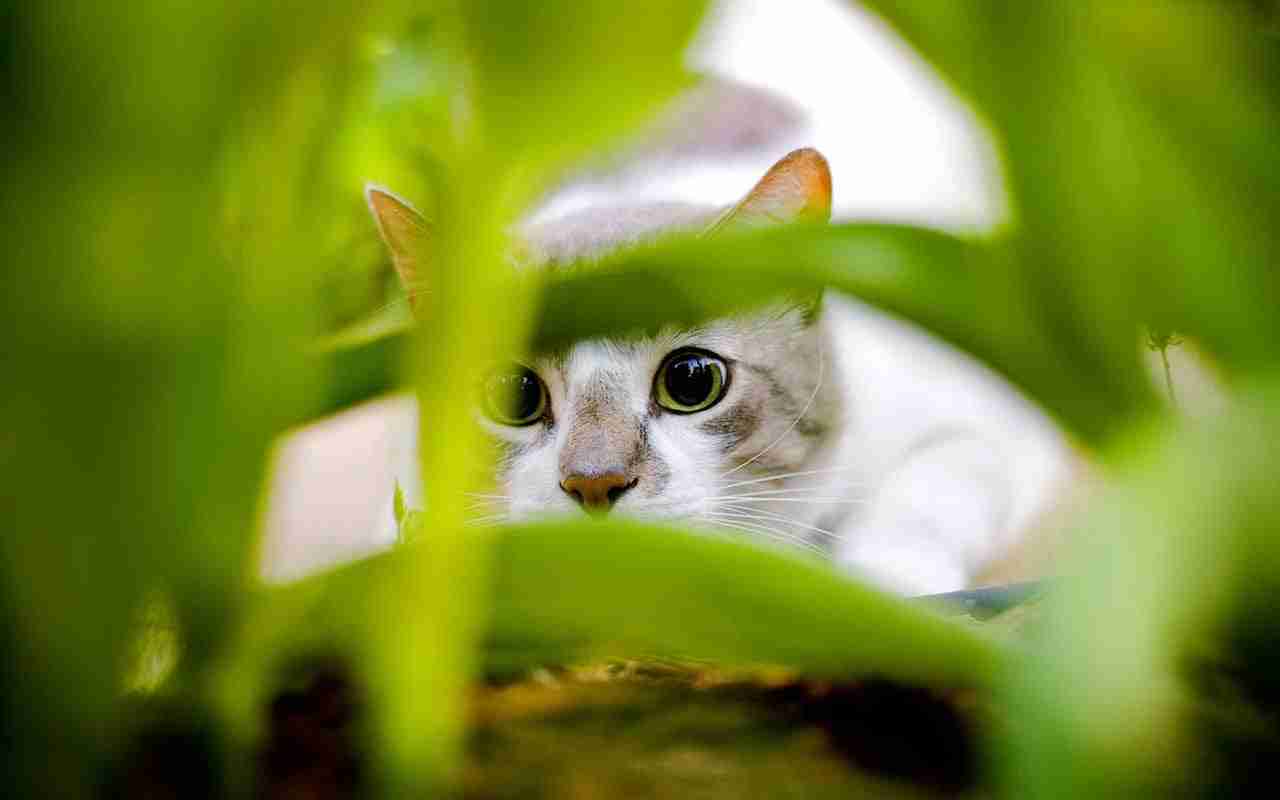The wild nature of cats: the truth is in their DNA


Almo Nature no longer belongs to a human being and has now been handed over to the Fondazione Capellino’s purpose: the protection of dogs, cats, and biodiversity.
The...
Article & main foto by Marco ColomboNaturalist, photographer and science communicator
When we think about wild cats, our minds often wander to the great African...